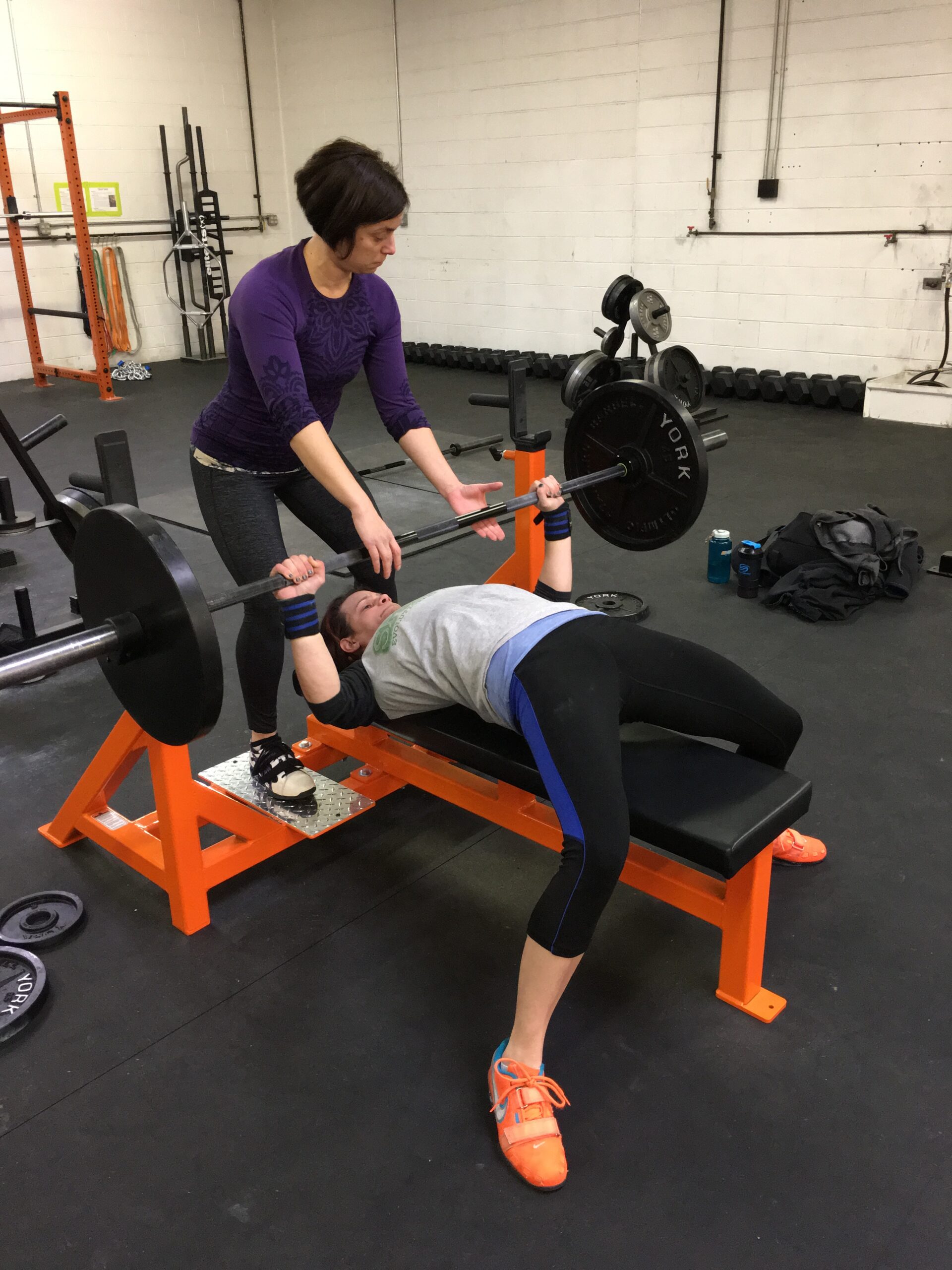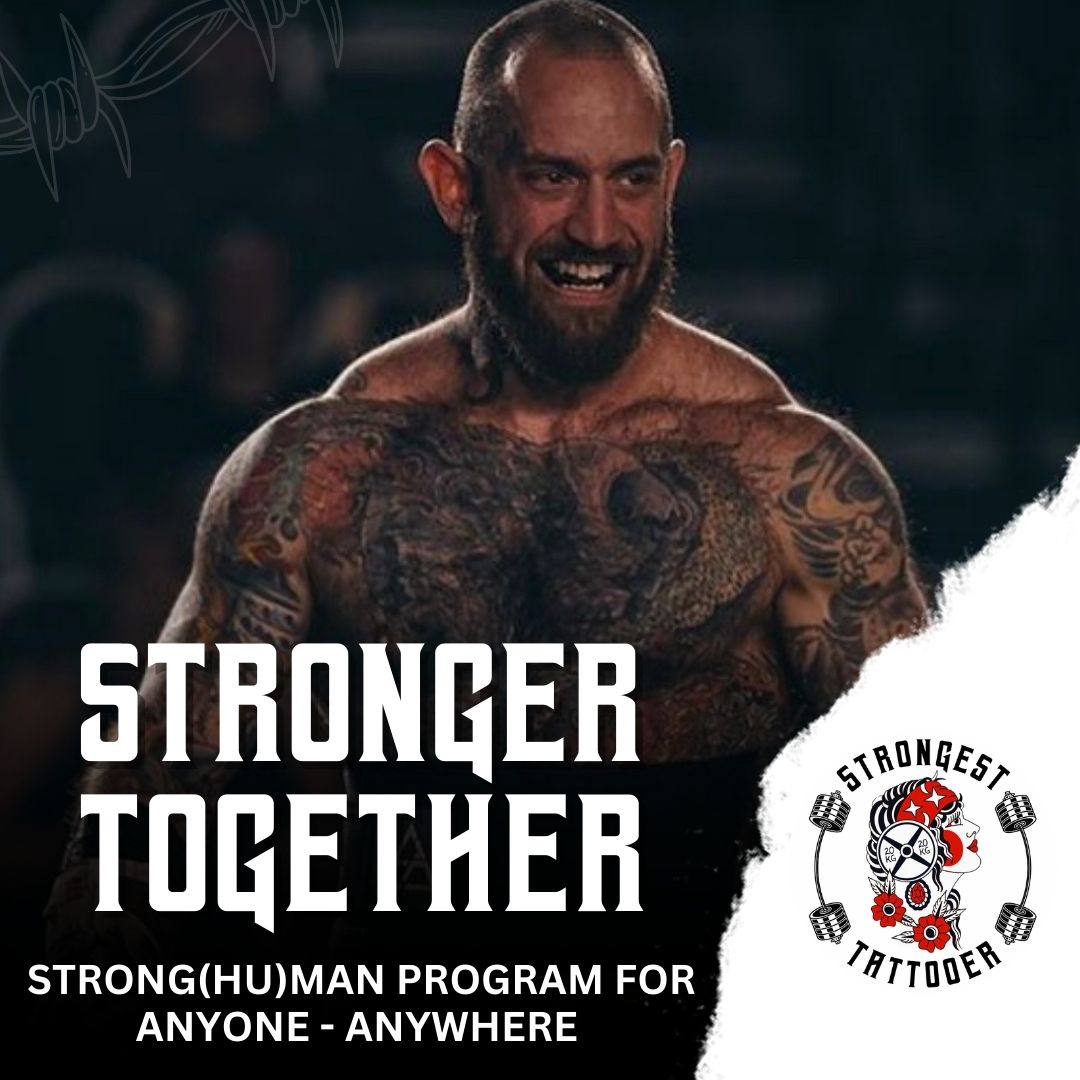
We’ve all seen it… an athlete is mid-lift in competition, probably struggling to hit a rep. And someone in the crowd suddenly yells a random body part at them: “Feet!” “Knees!” “Legs!”
What the yeller is *trying* to do is cueing, i.e. get the athlete to make a physical correction based on a short verbal message. What that yeller is *not* doing is coaching.
As a coach, understanding the difference between cueing and coaching will help your clients learn movements more effectively and help you cue them effectively in the gym and in competition.
Cueing is something you can say or demo quickly in the moment that triggers an athlete to make a specific adjustment. Coaching is taking the time to build a foundation that responds to good cueing. You can yell “heels!” at a lifter all day, but if you’ve never taken the time to explain what that means, why it’s important, and how to do it… it’s useless.
Coaching is your opportunity to break down movement patterns, work on technique, and build the mind-muscle connection. It’s when you explain that when you yell “heels!” during an overhead press, you probably want the client to keep their heels in contact with the floor during the dip phase of the dip & drive because it helps keep weight through the midline, maintain balance, and transfer power directly into the implement. There’s a lot of info and knowledge wrapped up in that one word, and it’s your job to explain that while coaching.
Cueing is effectively a trigger for the mind-muscle connection. Once you’ve explained how a movement works, you can get away with a quick 1-2 word cue because you’ve taught the client how to act on it.
Different Athletes Need Different Cues
Different cues will click (or not) for different people. It’s your job as a coach to spot what needs to be corrected, and then identify the cue(s) and instructions that help the client make the correction. This is coaching.
I imagine storing cues in a giant toolbox. I try to collect as many tools as I can because the more tools I have, the more people I can help. Just like working on a construction project, I do not use every tool with every client. I find the one that works, and stick with it for as long as it remains effective.
It can be really helpful to ask a client what they’re thinking about or focusing on when a lift goes particularly well. This provides insight into how the client thinks about the lift and adds another tool to your toolbox to use with that client, and potentially with other clients in the future.
Too Much of a Good Thing
Be careful not to over-cue or over-coach. Generally speaking, a client can take in 1-2 pieces of information about a movement at a time. Start with the correction that will have the most “downstream” impact on the rest of the movement. For example, learning to keep a tight core on squats will also likely fix a number of other downstream issues (like losing tension at the bottom of the lift, hyperextending the back on the way up, or letting hips rise before shoulders).
Start with corrections that give you the biggest bang for your buck, then get more technical as the client progresses. Those “big bang for your buck” corrections often get boiled down to helpful cues because they’re generally quick and solve a bunch of problems at once.
The Golden Rule
Never cue someone you don’t know or someone else’s athlete! You have no idea what their history is, how they think about the movement, what they’ve worked on with a coach, or anything else about them. Yelling a mid-lift cue at a struggling athlete you don’t know will only add to the noise. Even if you’re trying to be helpful… just don’t do it.
Moving Forward
Next time you’re working with a client, think about how you’re explaining movements to them. Are you actually coaching by giving context for cues you’re using? Are you building a foundation to use effective cues in the future? Are the cues you’re using working for them? Are you and your client “speaking the same language”?
If you need help or suggestions, feel free to reach out! The Strongman.Training team is available for free 15-min coaching calls, as well as business coaching and event consulting. Just shoot us an email (strongmandottraining@gmail.com) or DM, and we’re happy to help.



